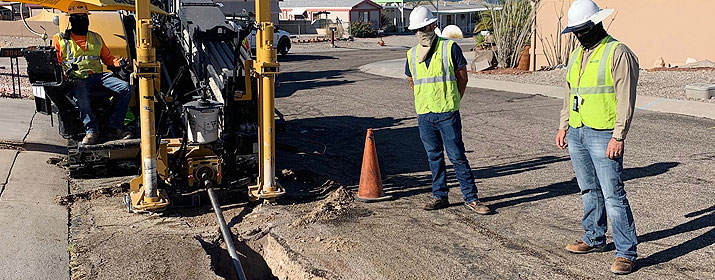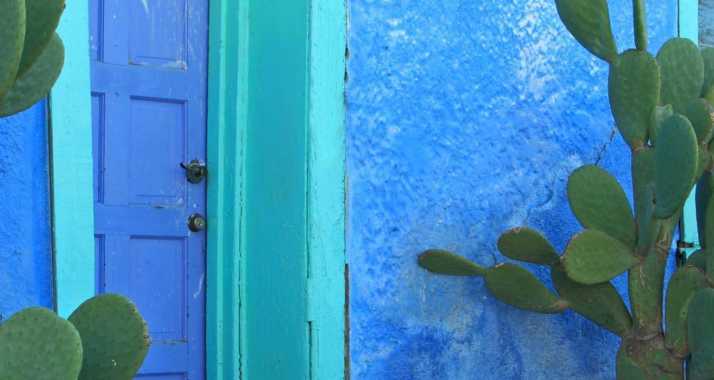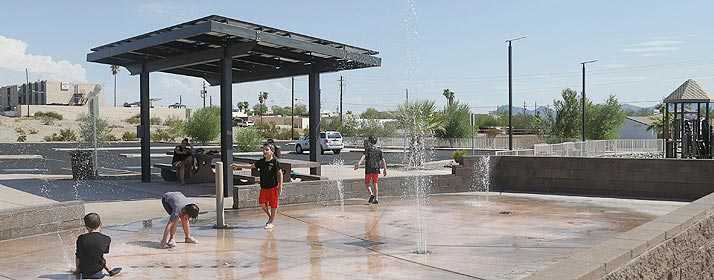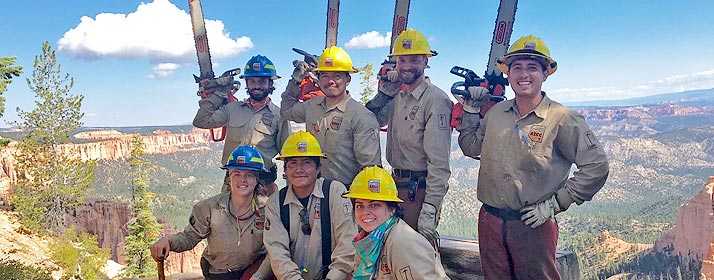
Sometimes, finding a way to install new natural gas lines safely and with minimal disruptions requires UniSource to dig deep.
Crews recently used “directional boring” to install more than 11,000 feet of new natural gas mainlines in a Lake Havasu City neighborhood. This was the first time UniSource used the technique for a mainline installation.
“We can use this technique for new installation when we don’t want to disturb the native surroundings or existing surface structures,” said District Manager Shane Moline.
Installing the new facilities with a traditional open trench technique would have required tearing up residential streets in front of about 450 homes, creating traffic delays and access restrictions for homeowners. It also can be disruptive to existing underground utilities or landscaping.
Instead, project managers chose directional boring – a horizontal drilling method that tunnels underground along a predetermined path. Drilling rig operators can track the location and depth of the boring head, safely steering it underground and making slight changes as needed to navigate around obstacles or natural features.
Although open trench installations are still common, directional boring is a great technique in certain situations, Moline said. It allows underground utilities to remain undisturbed and has very little impact on the asphalt.
“Asphalt replacement is a big cost that we will be able to cut by about 85 percent with directional boring,” Moline said, adding the successful project means UniSource will consider it as an option for other projects.
UniSource’s gas service territory spans more than 55,000 square miles throughout Arizona and includes more than 30 miles of transmission main lines, more than 3,000 miles of distribution main lines and more than 148,000 miles of service lines.






